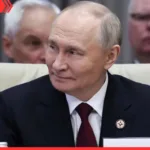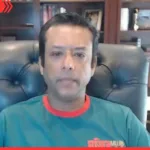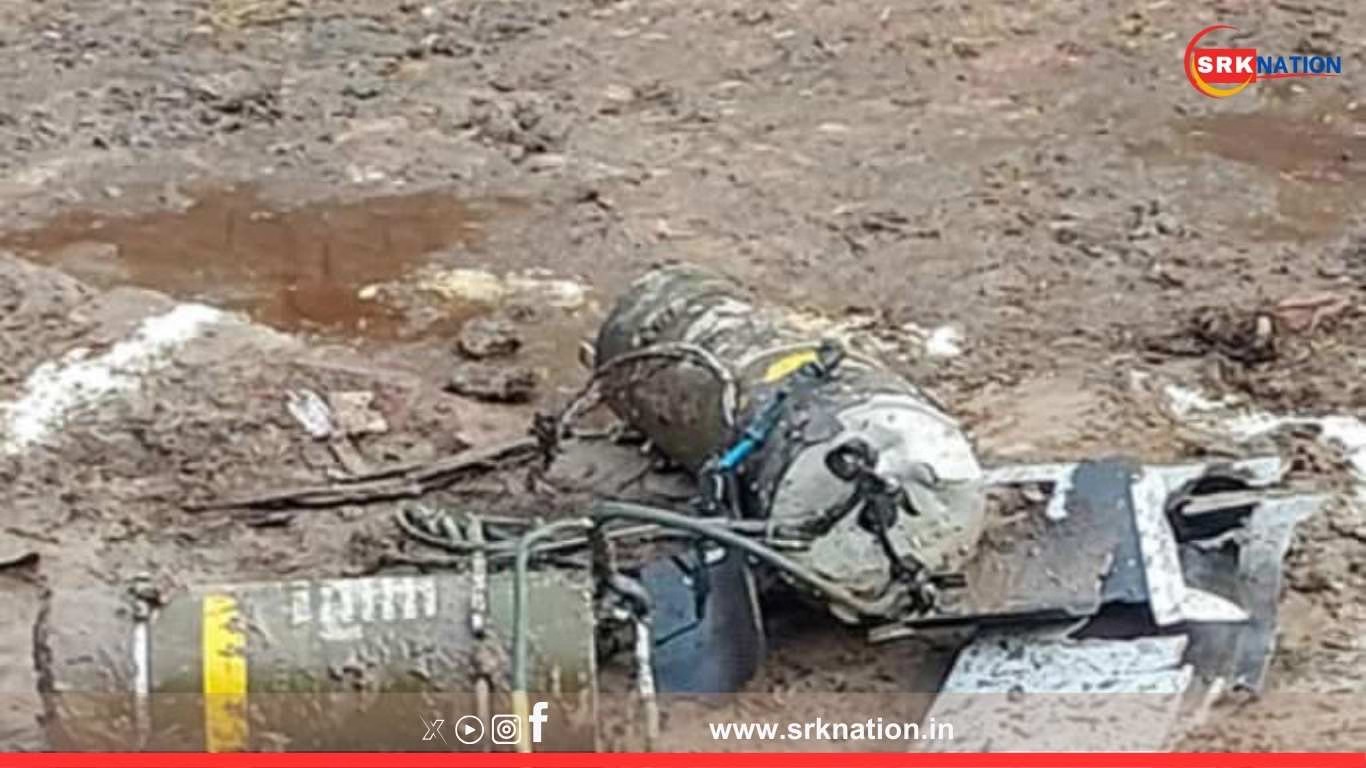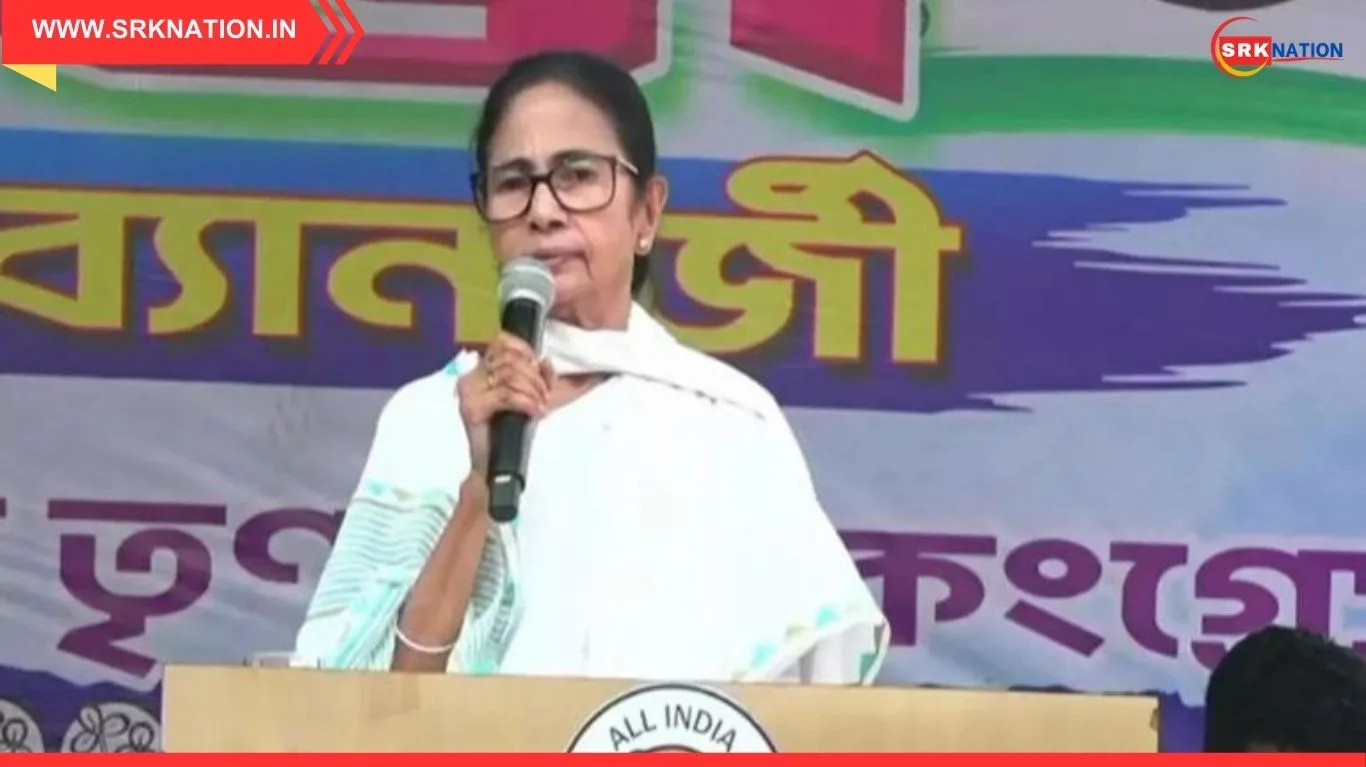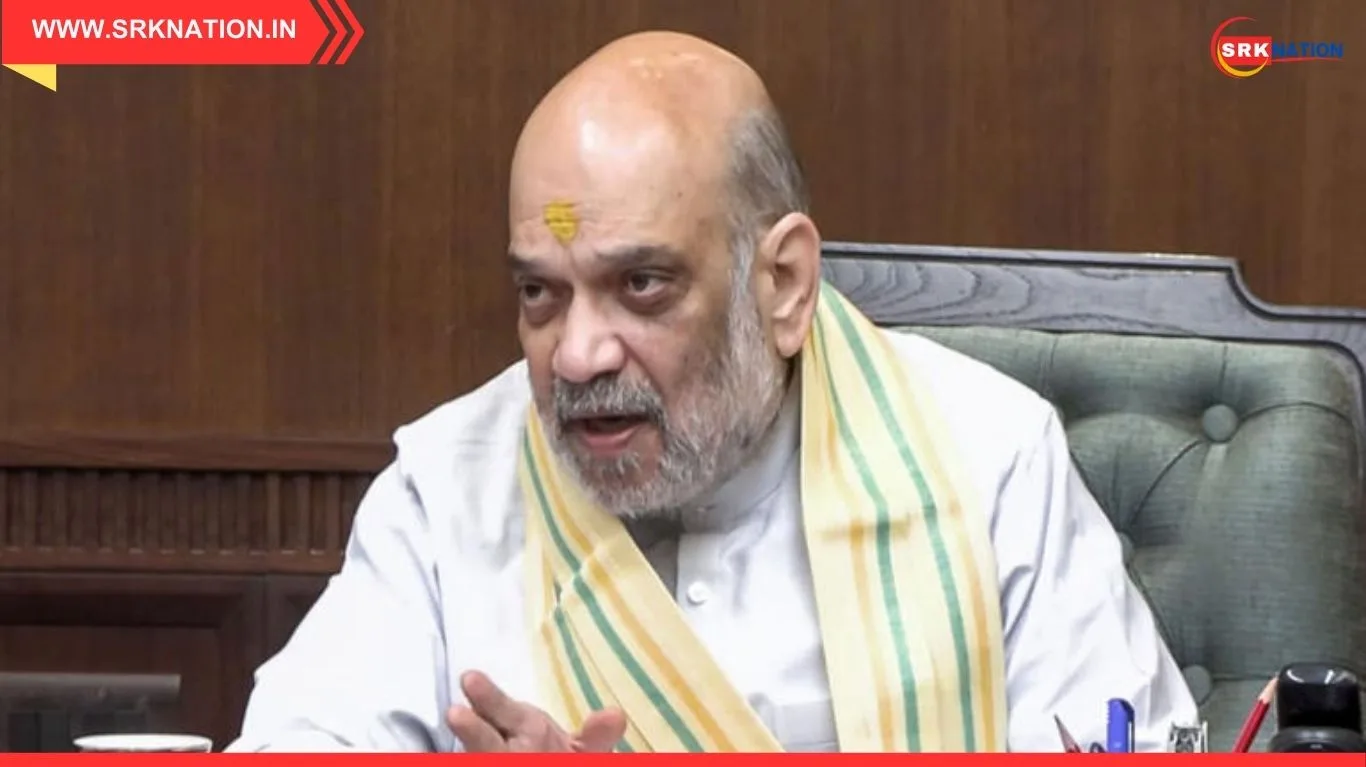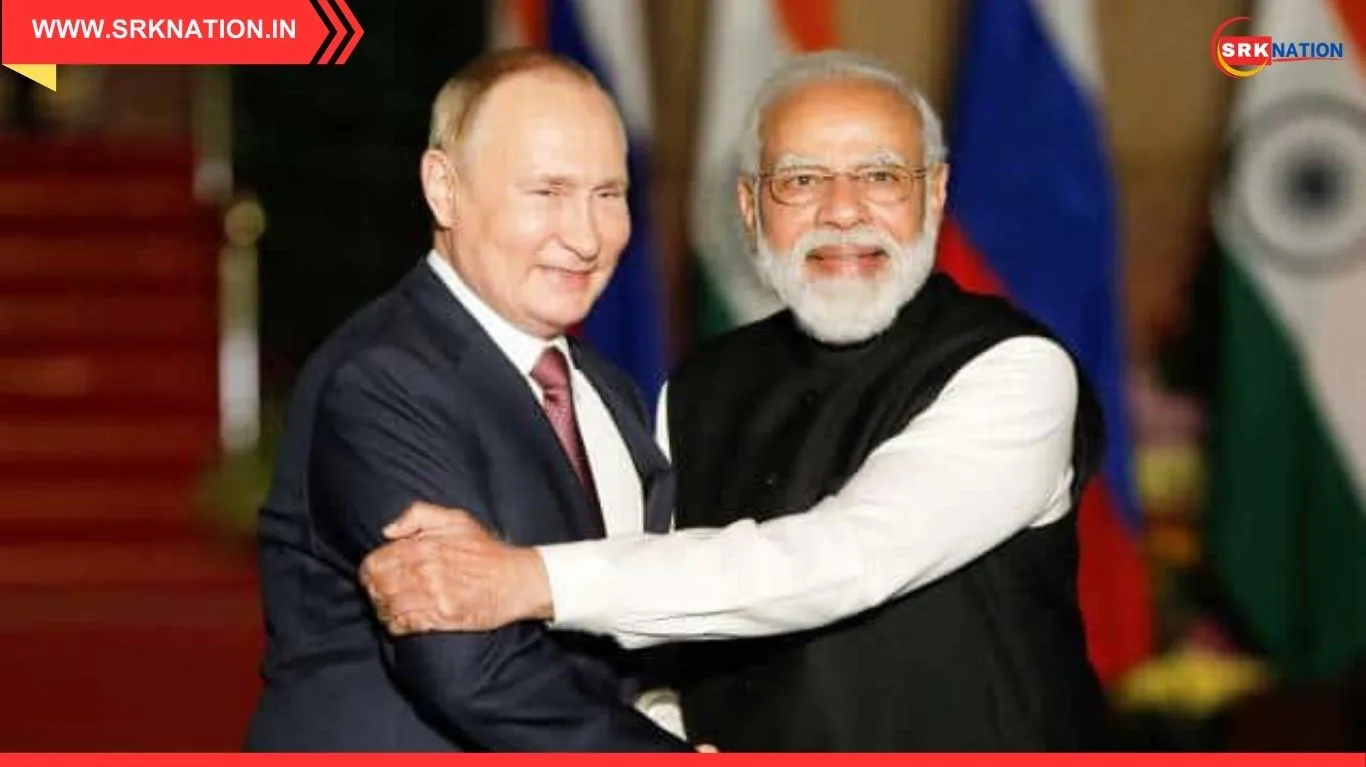The United Liberation Front of Asom-Independent (ULFA-I), the banned insurgent outfit operating from bases in Myanmar, has alleged that its headquarters were targeted in coordinated drone strikes. However, the Indian Army has categorically denied any involvement in such an operation, terming the claims baseless and speculative. The latest development has sparked speculation and strategic chatter in Northeast security circles over drone warfare, cross-border militancy containment, and geopolitical ramifications involving Myanmar’s military junta.
ULFA-I’s drone strike claims and details of the alleged attack
In a statement released late Tuesday, ULFA-I claimed that multiple drones dropped explosives at its headquarters located along the Sagaing region in northwestern Myanmar bordering India. The outfit alleged:
- Several drones entered their camp’s airspace and released payloads in the early hours.
- Minor injuries were reported, but no fatalities occurred.
- The group is investigating the “source of the drone deployment.”
Paresh Baruah-led ULFA-I further warned of retaliation against those allegedly involved, while maintaining that such tactics would not deter its operations.
Indian Army refutes allegations, says no such operation conducted
Responding swiftly, the Indian Army’s Eastern Command released a brief clarification:
“No drone strike or aerial operation has been carried out by the Indian Army across the India-Myanmar border targeting ULFA-I or any other group. The allegations are entirely false and misleading.”
Senior defence sources reiterated that while counter-insurgency operations continue within Indian territory, India respects Myanmar’s sovereignty and collaborates through joint security mechanisms to tackle insurgency threats. They described ULFA-I’s statement as propaganda intended to attract sympathy, recruit cadres, and deflect from recent desertions within the group.
Strategic context: Why ULFA-I’s Myanmar bases matter
ULFA-I maintains multiple camps in Myanmar, mostly in the Sagaing and Kachin states, which have served as strategic hideouts after Indian counter-insurgency operations forced the group to shift base in the late 1990s.
| Key Camp Region | Significance | Challenges For India |
|---|---|---|
| Sagaing | HQ and training centres | Difficult terrain, porous border, Myanmar Army’s limited control |
| Taga area | Transit for arms smuggling | Coordination needed with Myanmar junta for joint action |
| Kachin | Links with Kachin Independence Army | Possibility of arms supply and tactical support |
Security experts say the alleged drone strike claim, though denied, reflects the increasing threat perception of aerial tactics in insurgency theatres. While India has used drones for surveillance and border management, any offensive drone use in Myanmar would require diplomatic clearance and robust inter-army protocols, which sources say were neither sought nor operationalised.
Drone warfare: Rising concerns in Northeast security
Drone deployments in insurgency zones have raised operational, ethical, and diplomatic questions:
| Aspect | Details |
|---|---|
| Surveillance drones | Used routinely by Assam Rifles, BSF, Army for monitoring Indo-Myanmar border |
| Offensive drones | No official precedent in Northeast insurgency management so far |
| Pakistan, Myanmar parallels | Pakistan uses drones in Balochistan; Myanmar military has deployed Chinese drones against rebels |
Defence analysts caution that any uncoordinated drone strikes could escalate tensions with Myanmar’s military junta, which is already battling multiple internal rebel forces amid a civil conflict since the 2021 coup.
ULFA-I’s weakening position amid desertions
This controversy emerges as ULFA-I faces its most challenging phase in recent years:
- Cadre desertion: Multiple middle-level commanders have surrendered to Assam Police since 2023, citing disillusionment.
- Public fatigue: Assam’s economic growth has reduced popular support for violent secessionist movements.
- Intelligence heat: Increased Indo-Myanmar cooperation under Operation Sunrise has restricted group mobility along the border.
| Year | Event | Impact On ULFA-I |
|---|---|---|
| 2023 | Mass surrender by cadres | Leadership crisis and morale dip |
| 2024 | Tightened Assam border surveillance | Disruption of supply lines and recruitment |
| 2025 | Drone strike allegation | Possible attempt to project external threat narrative |
Myanmar’s strategic silence
The Myanmar military, also called Tatmadaw, has not issued any statement regarding drone activity in Sagaing. Security experts suggest the junta’s silence indicates either the claim’s falsity or a deliberate attempt to avoid exposing vulnerabilities in airspace management amid internal battles with rebel groups like PDF and KIA.
Experts decode ULFA-I’s messaging strategy
Counter-insurgency specialists believe ULFA-I’s drone strike narrative serves multiple objectives:
- Divert attention from internal weakness and desertions.
- Signal relevance to potential funders and arms suppliers.
- Project victimhood to recruit new cadres disenchanted with mainstream Assamese politics.
However, without independent corroboration or satellite imagery indicating aerial damage, Indian security agencies remain unconvinced of the veracity of ULFA-I’s claim.
Regional geopolitics: China angle in drone technology proliferation
Analysts also note the growing role of Chinese drone technology in Myanmar’s security landscape. Chinese-origin drones are widely used by the Myanmar military, raising concerns that any spillover to insurgent groups could destabilise Northeast India’s fragile border security framework.
| Country | Drone Role In Myanmar | India’s Security Concern |
|---|---|---|
| China | Supplier to Tatmadaw, KIA, and ethnic armed organisations | Risk of advanced drones reaching ULFA-I or PLA cadres |
| India | Surveillance drones for border monitoring | Limited use for targeted strikes to avoid diplomatic fallout |
Conclusion
While ULFA-I’s claim of a drone strike on its Myanmar headquarters has garnered media attention, the Indian Army’s categorical denial suggests the allegations are unfounded. The episode underscores the complex challenges of managing cross-border insurgency in the Northeast amid emerging drone warfare capabilities, Myanmar’s political instability, and regional geopolitical contestations.
Disclaimer: This news content is for informational purposes only. It summarises publicly available statements and expert commentary without endorsing any group’s claims. Readers are advised to follow official government notifications and defence ministry releases for verified updates on security matters.



